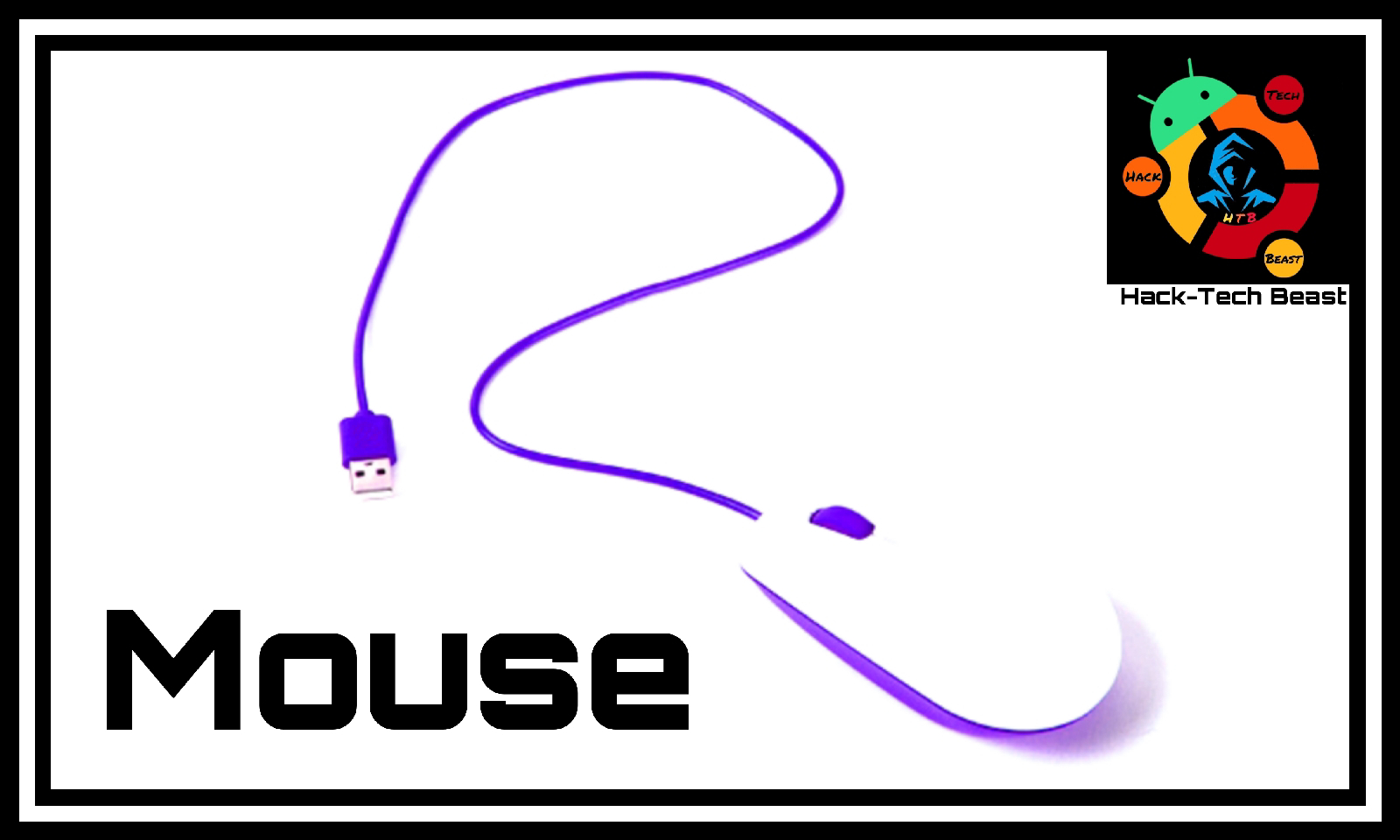The basic parts of a desktop computer are the computer case, monitor, keyboard, mouse, and power cord. Each part plays an important role whenever you use a computer.
Watch the video below to learn about the basic parts of a computer.
Computer case (💻) :-
The computer case is the metal and plastic box that contains the main components of the computer, including the motherboard, central processing unit (CPU), and power supply. The front of the case usually has an On/Off button and one or more optical drives.
Computer cases come in different shapes and sizes. A desktop case lies flat on a desk, and the monitor usually sits on top of it. A tower case is tall and sits next to the monitor or on the floor. All-in-one computers come with the internal components built into the monitor, which eliminates the need for a separate case.
Monitor (🖥️) :-
The monitor works with a video card, located inside the computer case, to display images and text on the screen. Most monitors have control buttons that allow you to change your monitor's display settings, and some monitors also have built-in speakers.
Newer monitors usually have LCD (liquid crystal display) or LED (light-emitting diode) displays. These can be made very thin, and they are often called flat-panel displays. Older monitors use CRT (cathode ray tube) displays. CRT monitors are much larger and heavier, and they take up more desk space.
Keyboard (⌨️) :-
The keyboard is one of the main ways to communicate with a computer. There are many different types of keyboards, but most are very similar and allow you to accomplish the same basic tasks.
Escape Key :
The Escape (Esc) key allows you to stop a function or action. For example, if a webpage is taking a long time to load, you can press the Escape key to stop loading it.
Function Keys :
The function keys are labeled F1 through F12. Some programs use these keys as shortcuts for common tasks. For example, in many programs, F1 opens the Help file.
Print Screen, Scroll Lock, Pause/Break :
The Print Screen, Scroll Lock, and Pause/Break keys are at the top-right corner of the keyboard. The Print Screen key takes a picture of your screen (called a screenshot) that you can edit or save using a graphics program. Scroll Lock and Pause/Break are rarely used today, so some keyboards don't have them.
Numeric Keypad :
The numeric keypad resembles a calculator keypad. Many users find that it is easier to type numbers using this keypad. On some keyboards, these keys double as arrow keys.
Backspace Key :
The Backspace key (also known as the delete key) erases the character to the left of the cursor.
Insert and Delete :
Insert: This switches between insert mode (which inserts new text without deleting anything) and overtype mode (which deletes text after the cursor as you type).
Delete: This erases the character to the right of the cursor.
Home and End :
These move the cursor to the beginning or end of the current line.
Page Up and Page Down :
These scroll a document or webpage up or down.
Tab Key :
The Tab key is used to create indents in word processing programs. Also, if you are filling out a form online, you can use the Tab key to switch to the next field.
Alphanumeric Keys :
The main part of the keyboard includes the alphanumeric keys (letters and numbers) and the spacebar.
Enter :
The Enter key (also known as the return key) executes commands. For example, while on the Internet, you can type a website address and then press Enter to go to the site. It is also used to start a new line in word processing programs.
Arrow Keys :
The arrow keys are used for many different purposes, including moving the cursor, scrolling a document, and controlling a game.
Ctrl, Alt, and Shift :
The Control (Ctrl), Alternate (Alt), and Shift keys are designed to work in combination with other keys. Typically, you hold down Ctrl, Alt, or Shift and then type another key to perform a specific task. For example, in many programs, typing Ctrl+S will save a file.
Mouse (🖱️) :-
The mouse is another important tool for communicating with computers. Commonly known as a pointing device, it lets you point to objects on the screen, click on them, and move them.
There are two main mouse types: optical and mechanical. The optical mouse uses an electronic eye to detect movement and is easier to clean. The mechanical mouse uses a rolling ball to detect movement and requires regular cleaning to work properly.
Mouse alternatives :
There are other devices that can do the same thing as a mouse. Many people find them easier to use, and they also require less desk space than a traditional mouse. The most common mouse alternatives are below.
Trackball: A trackball has a ball that can rotate freely. Instead of moving the device like a mouse, you can roll the ball with your thumb to move the pointer.
Touchpad: A touchpad—also called a trackpad—is a touch-sensitive pad that lets you control the pointer by making a drawing motion with your finger. Touchpads are common on laptop computers.
Thanks For Reading !







0 Comments